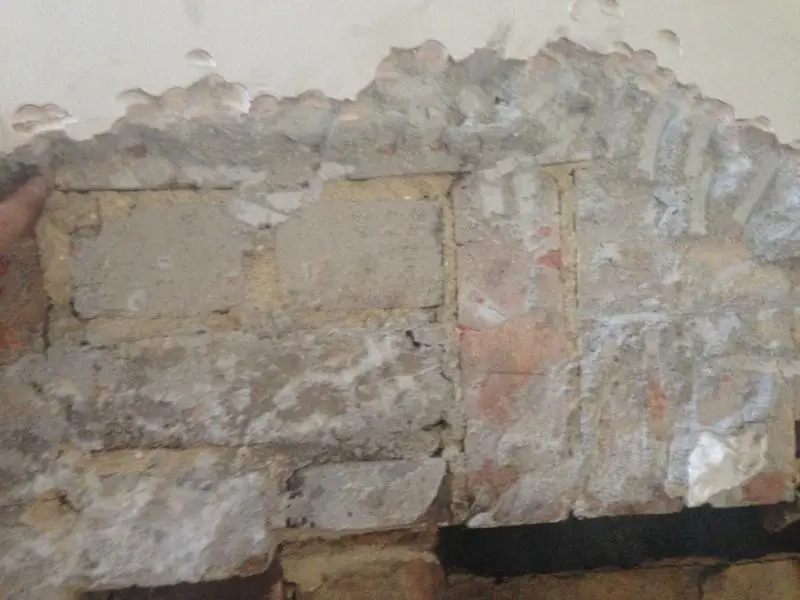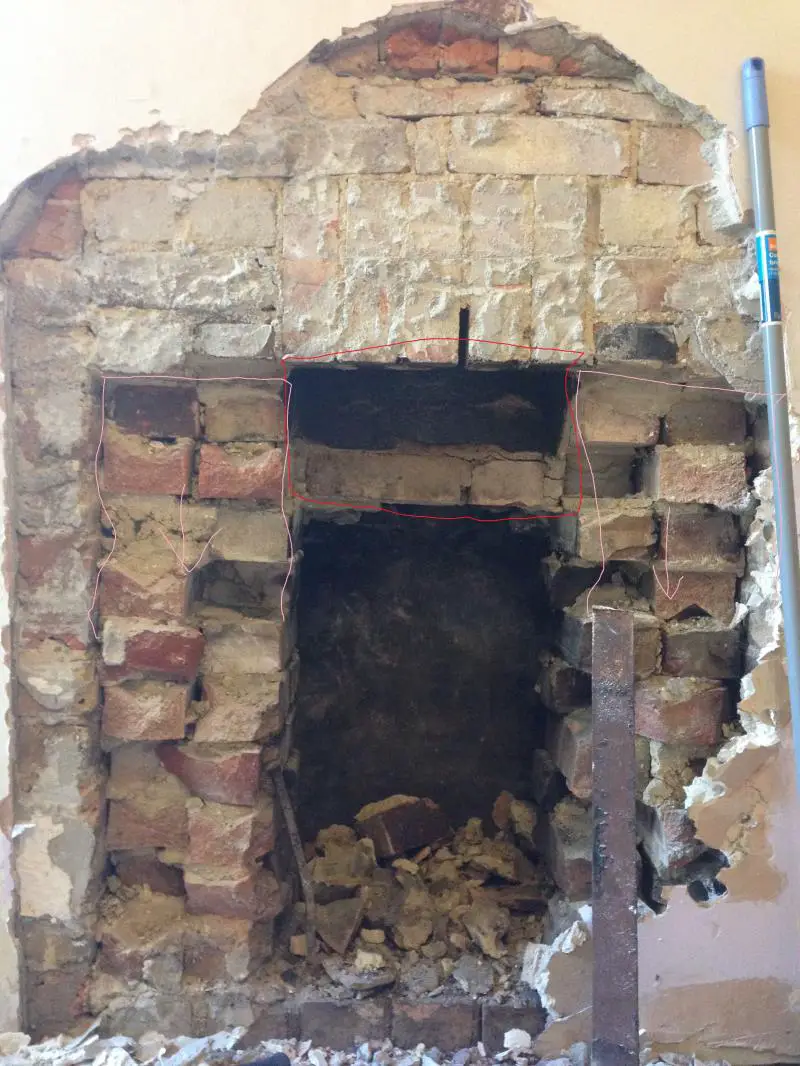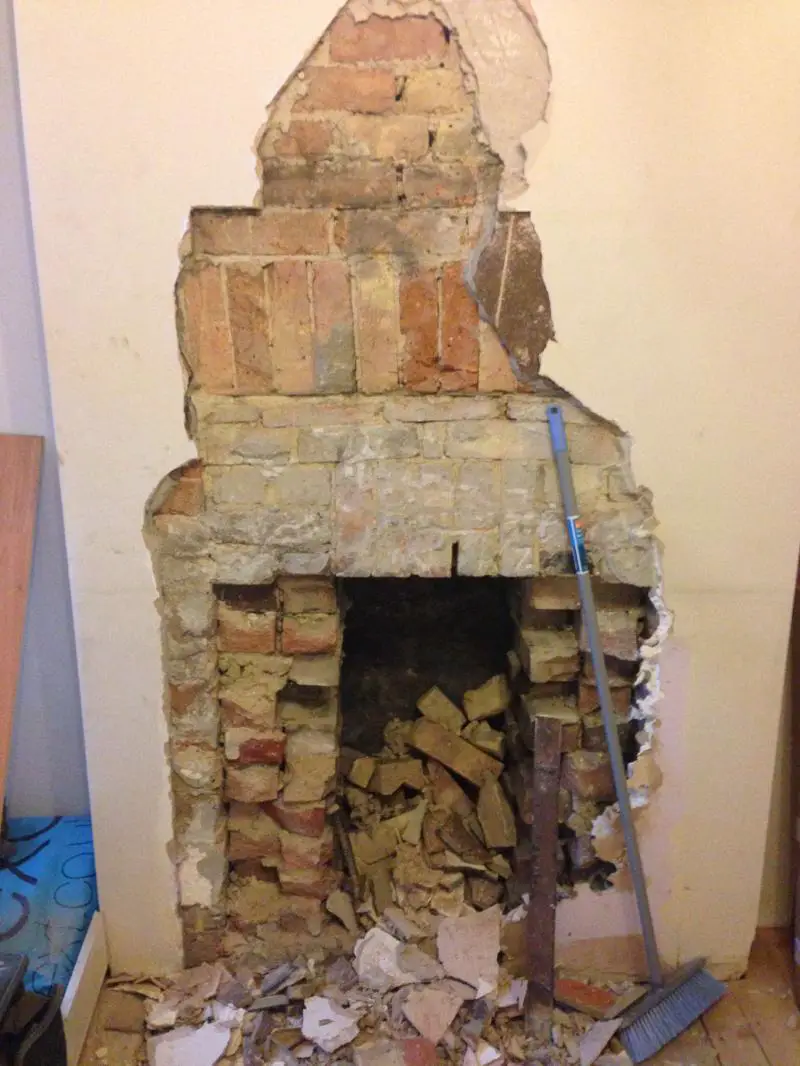hello
moved into a 1904 house a month ago. in the dining room I removed a radiator which was covering the old fireplace. I was left with the following.
//www.diynot.com/network/welsh/albums/
the purple area was where an old fire was I think. but the cyan area is this just infill for the fire? is it safe to remove all these bricks ?
the red line is where the lintel just fell out (shown on the right)
I want to leave this open, but a little worried with no lintel and no natural arch like the fireplace in the lounge this might need securing?
what would be your thoughts on this ?
thanks
Welsh
moved into a 1904 house a month ago. in the dining room I removed a radiator which was covering the old fireplace. I was left with the following.
//www.diynot.com/network/welsh/albums/
the purple area was where an old fire was I think. but the cyan area is this just infill for the fire? is it safe to remove all these bricks ?
the red line is where the lintel just fell out (shown on the right)
I want to leave this open, but a little worried with no lintel and no natural arch like the fireplace in the lounge this might need securing?
what would be your thoughts on this ?
thanks
Welsh




